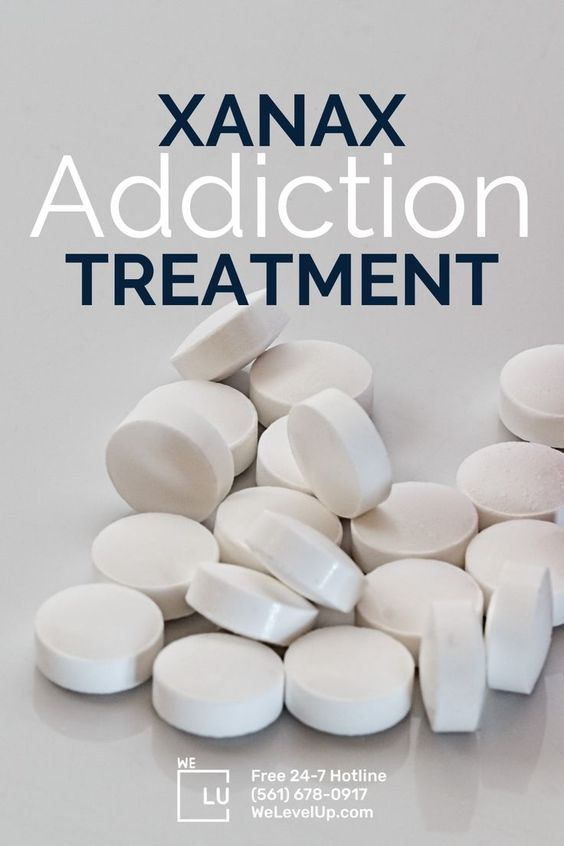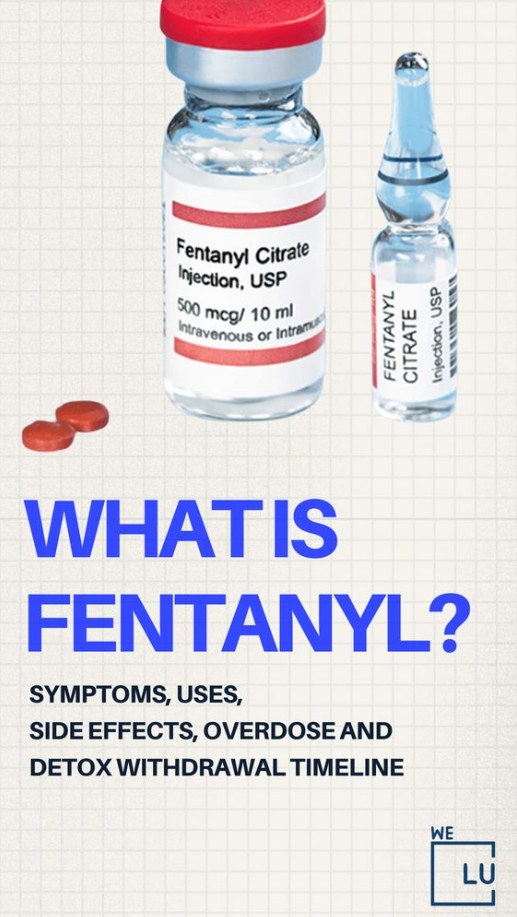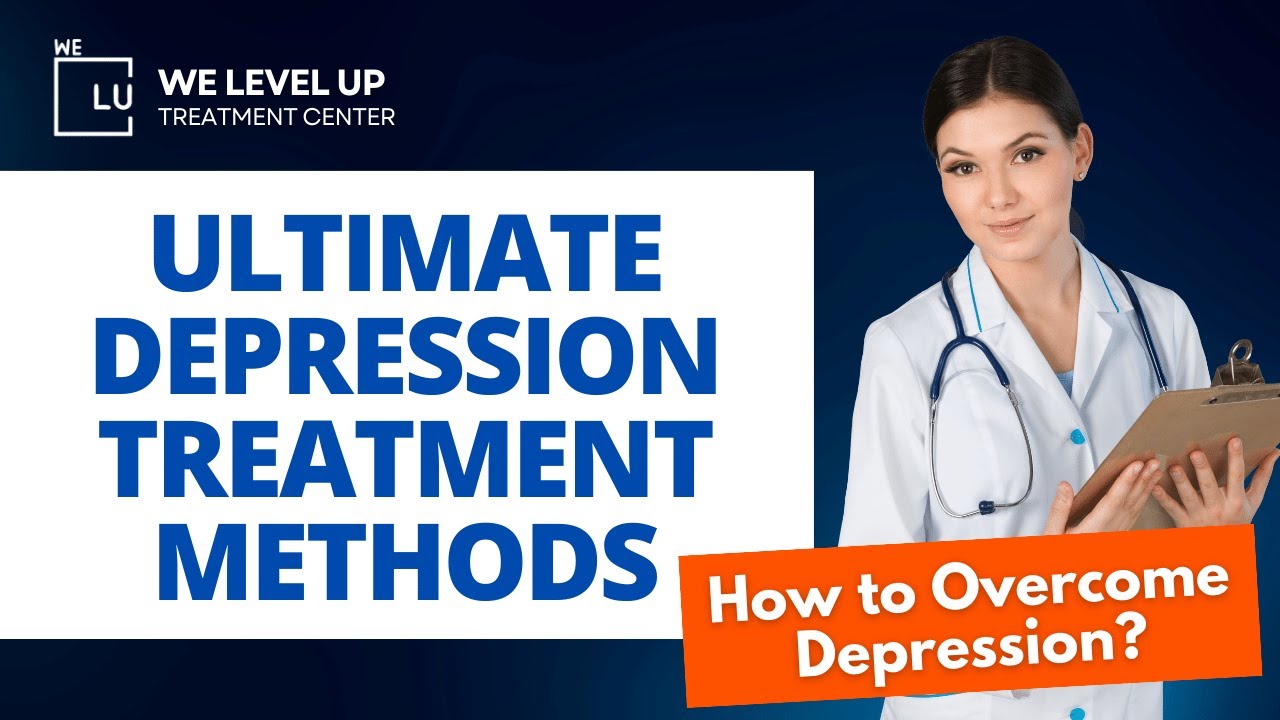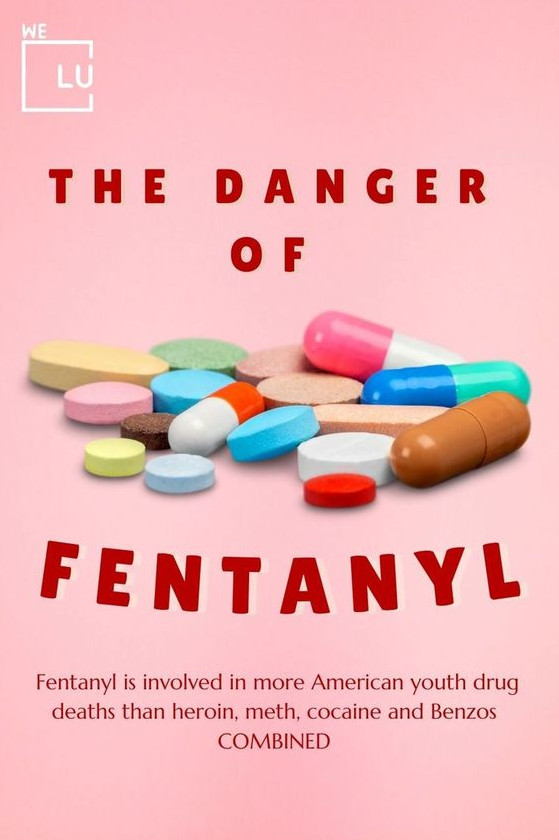Mixing Cocaine and Xanax
Both Xanax and cocaine pose a high risk of drug addiction (also called substance use disorder). If you develop this disease, you’ll feel unable to control your Xanax and cocaine use.
Cocaine is a schedule II drug.
Schedule II drugs, substances, or chemicals are defined as drugs with a high potential for abuse, with use potentially leading to severe psychological or physical dependence. These drugs are also considered dangerous. Some examples of Schedule II drugs are combination products with less than 15 milligrams of hydrocodone per dosage unit (Vicodin), cocaine, methamphetamine, methadone, hydromorphone (Dilaudid), meperidine (Demerol), oxycodone (OxyContin), fentanyl, Dexedrine, Adderall, and Ritalin. [1]
Cocaine and Xanax are considered relative opposites, with one being an upper and the other a downer. But despite being opposites, mixing cocaine and Xanax is pretty common. This is because people may take one or the other to counteract some of the adverse effects of one of the drugs. For instance, cocaine abuse can make it difficult to sleep and cause a powerful crash that Xanax may seem to help ease out. Cocaine may also increase energy and focus in someone taking Xanax.
Both cocaine and Xanax are addictive drugs, and chronic abuse of either drug can lead to physical drug dependence and the psychological inability to control drug use. With physical dependence on cocaine and Xanax come drug withdrawal symptoms when the drug stops being active in the body. People may resort to other drugs to try and manage these uncomfortable withdrawal side effects. Xanax may seem to ease cocaine withdrawal, for instance.
According to the Substance Abuse and Mental Health Service Administration (SAMHSA) [2], in 2019, among adults aged 26 or older, 1.7 percent (or 3.6 million people) used cocaine in the past year. Unfortunately, it is easy to lose control over cocaine use and become addicted. Additionally, the misuse of prescription drugs – such as sedatives like Xanax – is also a serious public health problem in the United States. According to the National Institute on Drug Abuse (NIDA) [3], in2017, an estimated 18 million individuals misused their prescription medications at least once in that year alone.

Xanax, a brand name for alprazolam, is a potent benzodiazepine (benzos) that is only recommended for use for up to six weeks. However, according to National Center for Biotechnology Information (NCBI) [4], Xanax is the most commonly prescribed benzodiazepine. It is a prescription drug used to treat anxiety disorders and anxiety caused by depression. Xanax is also prescribed to treat panic disorders with or without a fear of places and situations that might cause helplessness, panic, or embarrassment (agoraphobia).
Although Xanax may be initially effective at relieving anxiety and other issues, excessive or extended Xanax use manipulates brain chemistry. Xanax artificially boosts the production of the neurotransmitter called GABA, a brain neurochemical that decreases the activity of nerves that lead to emotionally charged conditions.
Xanax’s clinical use has been a point of contention as most addiction specialists consider it highly addictive, given its unique psychodynamic properties, limiting its clinical usefulness. In contrast, many primary care physicians continue to prescribe it for more extended periods than recommended.
The most common signs of addiction are tolerance and physical dependency.
Tolerance means that you need increasingly larger or more frequent amounts of a drug to feel the desired effects. Physical dependency means your body requires drugs to function normally. If you don’t use drugs, you may experience withdrawal symptoms like anxiety, loss of appetite, and restlessness.
Other signs of addiction include:
- Using or wanting to use the drug regularly
- There’s an urge to use that’s so intense it’s hard to focus on anything else
- You need to use more of the drug to obtain the same “high” (tolerance)
- Taking more and more of the drug or taking the medication for more extended periods than intended
- You always keep a supply of the medication on hand
- Money is spent to get the prescription, even when money is tight

- You develop risky behaviors to get the drug, such as stealing or violence
- Engaging in risky behaviors while under the drug’s influence, such as having unprotected sex or driving a car
- You use the medication notwithstanding its associated difficulties, risks, and problems
- A lot of time is spent getting the drug, using it, and recovering from its effects
- You try and fail to quit using the drug
- You experience symptoms of withdrawal once you discontinue using the drug
Seeking out help is a crucial first step. If you — or your loved one — are ready to get treatment, it may be necessary to reach out to a supportive friend or family member for support.
You can also start by making a doctor’s appointment. Your doctor can evaluate your overall health by performing a physical exam. They can also answer any questions you have about Xanax use and, if required, refer you to a treatment center.
Withdrawal Symptoms From Mixing Cocaine and Xanax
The severe cravings and mental dependency that cocaine users develop mean that stopping use requires a detox period. Depending on the length of time used and the amount used, cocaine detox may bring different physical and physiological withdrawal symptoms. How long does it take to detox Cocaine? The cocaine detox process can take anywhere from 12 hours to 4 or more days. Most users will undergo a level of decreased energy as well as increased anxiety and irritability. Unlike substances such as alcohol and heroin, withdrawal symptoms such as vomiting, and tremors are not inevitable to happen. However, a mixture of alcohol and cocaine abuse is typical and can trigger these more severe symptoms.
Signs of Cocaine Withdrawal
- Fatigue
- Lack of Pleasure
- Irritability and Anxiety
- Suspicion or Paranoia
- Agitation
- Trouble Eating or Sleeping
Symptoms of Xanax withdrawal are more stringent than that of other benzodiazepines. Consequently, withdrawal can happen after taking the drug for as little as one week.
Xanax Withdrawal Symptoms
- Body Aches
- Aggression
- Anxiety
- Blurred Vision
- Dizziness
- Headaches
- Hypersensitivity to Light and Sound
- Insomnia
- Irritability and Mood Swings
- Difficulty Breathing
- Nausea
- Vomiting
- Numbness and tingling in the hands, feet, or face
- Tremors
- Tense Muscles
- Nightmares
- Depression
- Paranoia
- Suicidal Thoughts
Detoxification (detox) is a process to help you securely stop taking Xanax while reducing and managing your withdrawal symptoms. Detox is usually in a hospital setting or rehabilitation facility under medical supervision.
In many cases, Xanax use is discontinued over time. Instead, you may swap it for another longer-acting benzodiazepine. In both cases, you take less and less of the drug until it’s out of your system. This process is tapering and can take up to six weeks. In some cases, it can take longer. Your doctor might also prescribe other medications to ease your withdrawal symptoms.

What Happens When You Mix Cocaine and Xanax?
An overdose occurs when you use enough of a drug to cause life-threatening symptoms. When you mix cocaine and Xanax, you significantly increase your risk of overdose.
That’s because the drugs can lessen each other’s positive effects. For example, Xanax may limit the amount of energy one feels on cocaine. To remedy this effect, a person may use more cocaine than they normally would, causing an overdose.
To make matters worse, cocaine often contains dangerous additives, such as fentanyl. Fentanyl is an extremely powerful opioid that’s been involved in numerous overdose deaths.

Common signs of overdose include:
- nausea and vomiting
- sweating
- increased body temperature
- increased heart rate
- high blood pressure
- blurry vision or vision loss
- confusion
- anger
- seizures
- loss of consciousness
If you or someone you know experiences these symptoms, seek medical help immediately. When left untreated, an overdose can lead to brain damage or death.
Treatment Options For Polysubstance Abuse & Dual Diagnosis
Every addiction treatment is personalized to your needs because we place people first in our treatment center. It is best to receive inpatient care so that our competent staff may facilitate safe medically assisted detox. Inpatient medically-assisted detox is the first thing we will focus on, so we can ensure your body is cleansed from substances and toxins.
Medically-assisted detox may not be a pleasant experience because of withdrawal symptoms, but our caring staff makes it a top priority that you are as safe and comfortable as possible.
Once the drug is removed from your system, our treatment will focus on medication-assisted treatment (MAT), group and individual therapy, social integration skills, life-skills-building exercises, holistic therapy, support systems, and relapse prevention.
We level Up TX is offering exceptional evidence-based recovery treatment programs. The combinations of therapies applied for each client are tailored to their individualized needs in treating Cocaine and Xanax dependency and addiction. We provide cutting-edge full-service rehabilitation care, including residential inpatient, medically assisted detox to drugs, alcohol addiction, and co-occurring mental health therapy. Treatment services vary by facility. Call to learn more.
Sources:
[1] Drug Scheduling – United States Drug Enforcement Administration
[2] We Level Up Treatment » Cocaine Detox
[3] NIDA – https://www.drugabuse.gov/publications/research-reports/misuse-prescription-drugs/what-scope-prescription-drug-misuse
[4] We Level Up Treatment » Xanax Detox





